So, the Honda CR-V has toppled its compatriots and emerged victorious as Japan’s leading hybrid SUV. Job well done, Honda.
The question now, then, is how does the CR-V – and specifically its conventional, non-plug-in hybrid powertrain – fit into the broader SUV class? It’s a class that, historically speaking, has relied largely on good old fashioned diesel engines for the effortless torque, lower CO2 levels and superior long-distance economy that they so often provide, so does the CR-V have what it takes to overtake diesel as the go-to powertrain choice in this hotly contested segment?
To answer that, we’re rolling out a final contender. A final boss level, if you will, which seems rather fitting for a car that emerged from the same country that gave us Nintendo, PlayStation and Sega game consoles.
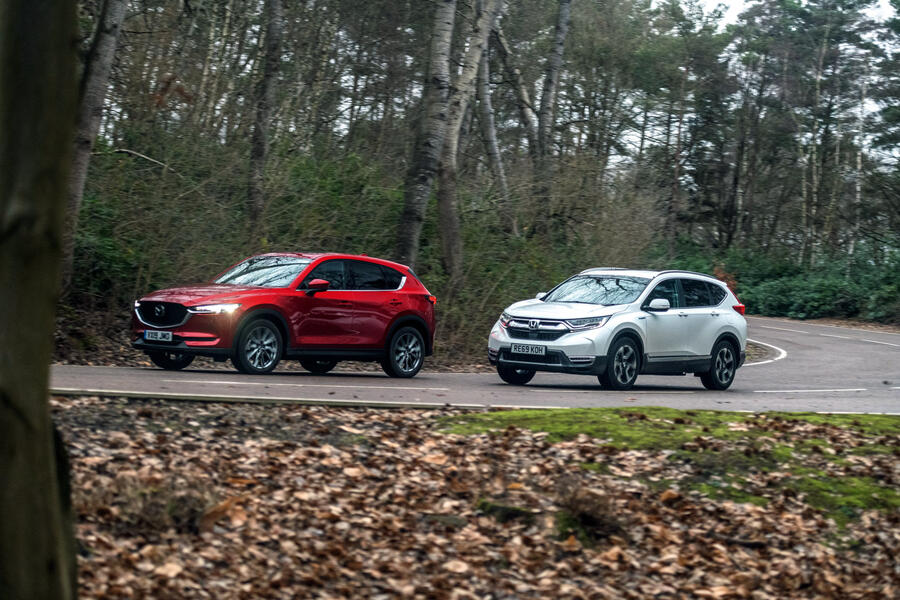
Conveniently (for the purposes of this metaphor anyway), the oil-burning Bowser that our Mario will face in this ultimate showdown also hails from Japan. The Mazda CX-5, represented here in range-topping £38,010, 182bhp, all-wheel-drive GT Sport Nav+ guise, is a car of which we’re already rather fond. Its eligibility for this test was determined by the fact that it placed very highly in our SUV mega-test we ran back in 2018. It might not have won, but runner-up to the Volvo XC40 – deemed to be just a bit too compact to give it a fair shot here – is nothing to be ashamed of.
The Mazda might be more of a match for the Honda in terms of its dimensions than the aforementioned Swede, but the CR-V’s boxier, more pragmatic shape sees it draw first blood on grounds of interior spaciousness. Compared with that of the handsome, sharply styled Mazda, the CR-V’s cabin is an altogether airier affair – albeit one that doesn’t look or feel quite as classy or neatly minimalist as that of the CX-5.
From the front seat, keener drivers may miss the more enveloped feeling that’s proffered by the more focused layout of the Mazda, and what feels like a lower seating position. But if a more commanding view of the road and an amplified sense of ‘big SUV’ spaciousness are what you’re after, the CR-V comes up trumps. This theme continues aft of the front row, with the Honda pipping the Mazda in terms of rear passenger space and boot capacity (497 litres versus 494).
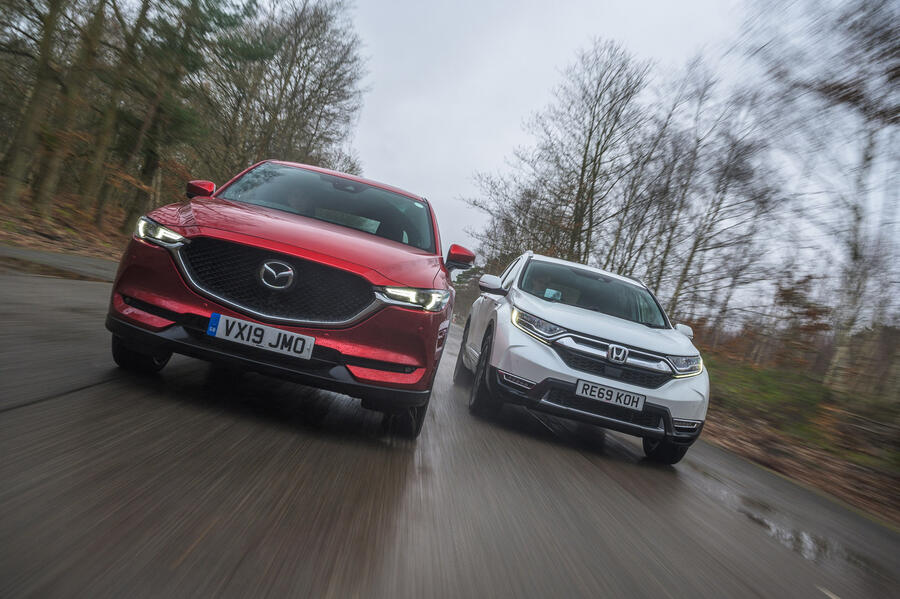
The Honda scores the most points for ride comfort, too. Both cars deal with undulating surfaces with more than enough fluidity and composure, but where the Mazda can at times trip and slap its way over ruts and divots in the road (more so at low speed), it’s the CR-V that best keeps its occupants at arm’s length, rounding off impacts in a more mature, genteel manner. The Mazda fights back with a superior sense of handling dynamism: its excellently weighted steering provides confidence-inspiring accuracy through bends, while its slightly more focused chassis and suspension tune make for a more immediate and engaging rate of response.
Based on the above observations alone, I dare say the average punter, who isn’t too fussed about whether or not their next family SUV is the most dynamically involving car of its kind, would probably be sizing up the Honda as the winner of this test.
The problem is, none of the above strengths or weaknesses is really a product of either car’s selected powertrain. And when you examine the means through which the Mazda and Honda both generate their motive power in order to answer the question of whether ‘self-charging’ petrol-electric hybrid systems have what it takes to usurp diesel, things get a bit more interesting.
In terms of straight-up usability, the superior torque of the Mazda’s 2.2-litre diesel engine lends it a more effortless and urgent sense of in-gear acceleration. The instant torque-fill afforded by the CR-V’s electric motor means it isn’t far behind at all, but a comparatively muted throttle response hampers the Honda’s effectiveness in this regard.
Admittedly, in more relaxed town environments, the CR-V is the quieter and smoother of the two on part-throttle. But hit the kick-down switch and the Hoover-like racket that erupts from the CR-V’s engine bay as its single-speed auto aggressively flares the engine’s revs does undo its previous efforts somewhat. It’s just not quite as zen as the Mazda in this regard – and mechanical refinement hasn’t always been the calling card of the CX-5’s Skyactiv-D engine. Certainly not in previous encounters we’ve had, anyway.
So in terms of civility, performance and usability, it would seem diesel remains on top for now – if only just.
There isn’t much in it when it comes to fuel consumption, either. A 15-mile economy run on the Longcross test track at typical A- and B-road speeds narrowly ended in the Honda’s favour: its trip computer showed 51.9mpg versus 50.9mpg for the Mazda. Taking fuel tank size into account (57 litres for the CR-V, 58 for the CX-5), the difference in theoretical maximum range is a mere two miles. Of course, in town the Honda would be likely to outperform the Mazda, but the reverse is probably true once you hit the motorway.
What about company car tax, the area where one might think the electrified hybrid should really stand out? Well, from April, when the new, stricter WLTP-based system comes into force, someone who falls into the 40% income tax bracket would be in for a monthly saving of just £5 by opting for the Honda. Now, a saving is a saving, but that ain’t much. A yearly subsidy of a single tank of fuel doesn’t really seem like a dramatic enough saving to see diesel knocked off its perch.

So where does this leave us? Well, the introduction of WLTP emissions tests and the effect they’ll have on how company car tax is calculated hasn’t really done the conventional hybrid powertrain any favours – at least not the one fitted to the Honda. Under the outgoing NEDC system, there would be a bit more daylight between the two, with the saving borne out of opting for the hybrid amounting to £94 per month for someone in the 40% tax bracket.
From April, that financial incentive will disappear. Could this mean the ‘self-charging’ hybrid’s days are numbered? Perhaps. Perhaps they will get better. Time will tell, but I’d estimate that the latter is more likely to come to pass – especially given Japanese car makers’ long-standing commitment to the technology.
In any case, there are two conclusions to be drawn from this comparison. The first is that the best hybrid SUV still isn’t quite good enough to topple the best diesels from their throne. It’s damn close, but the scuppering of any significant, real-world financial incentive thanks to the incoming WLTP regime means that Mario doesn’t quite defeat Bowser this time around.
The second is that anyone keen to spend around £40,000 on a family SUV while simultaneously making serious tax savings will be likely to find a proper plug-in hybrid a far peachier option.
Rate inflation
WLTP realignment has meant considerably higher CO2 figures for all four hybrid crossovers than were previously quoted using ‘NEDC correlated’ calculations. In turn, that means higher benefit-in-kind rates, which is why company-car regulars might wince at some of these figures. Even our RAV4, whose unusually low CO2 will stand owners in comparably good financial stead, will from this April cost higher-rate taxpayers £387 each month, where previously it would have cost only £300. The other models will all begin to occupy either of the very highest two BIK tax bands, making them no more desirable on paper than any other kind of crossover, except those with a plug socket and full plug-in hybrid powertrain.
Those fortunate enough to be given an allowance for their own-choice car by their employer can pay less on a monthly basis by opting for a personal contract purchase (PCP) deal. You would pay 40% income tax on that allowance (typically £10,500 for senior management down to around £4500 for junior executives) but, of our cars, the RAV4’s cost would be knocked down to £299 each month – incidentally, the same amount BIK payers would have paid pre-WLTP.
READ MORE
Mercedes prices new GLE and GLC plug-in hybrid SUVs
BMW introduces new mild hybrids in line-up reshuffle

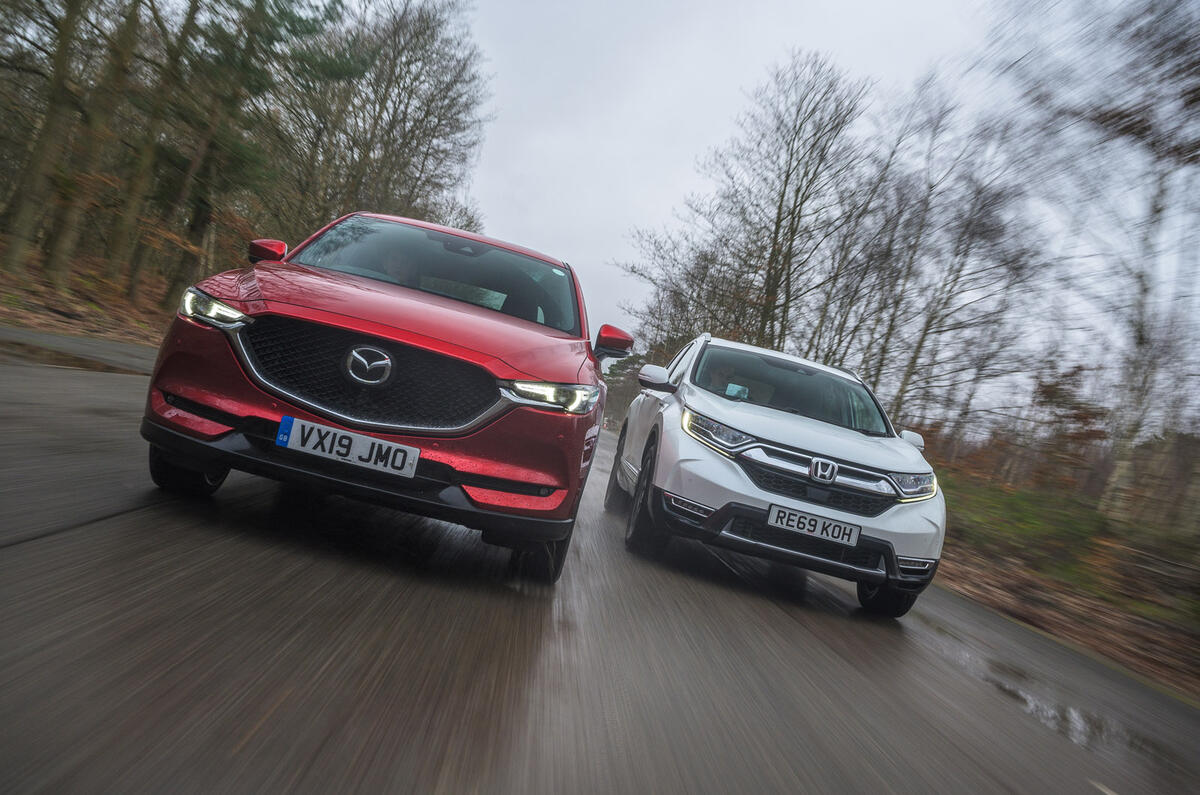

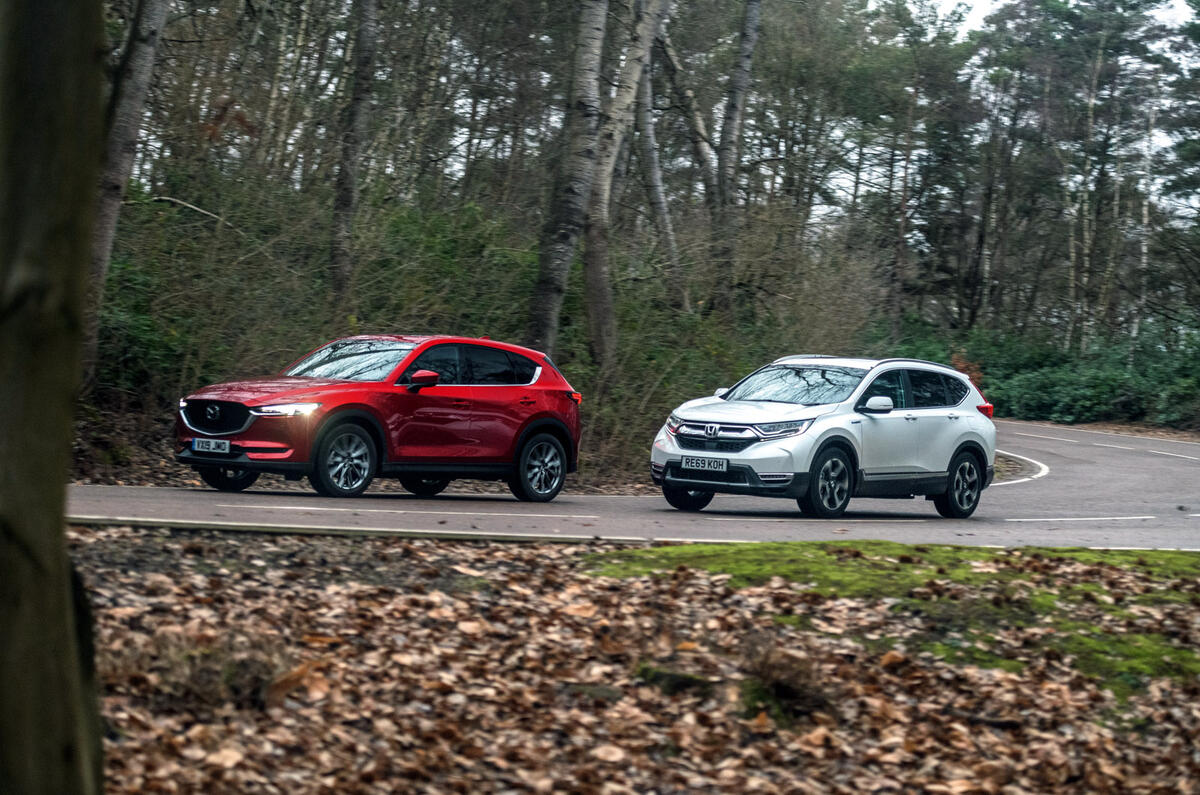

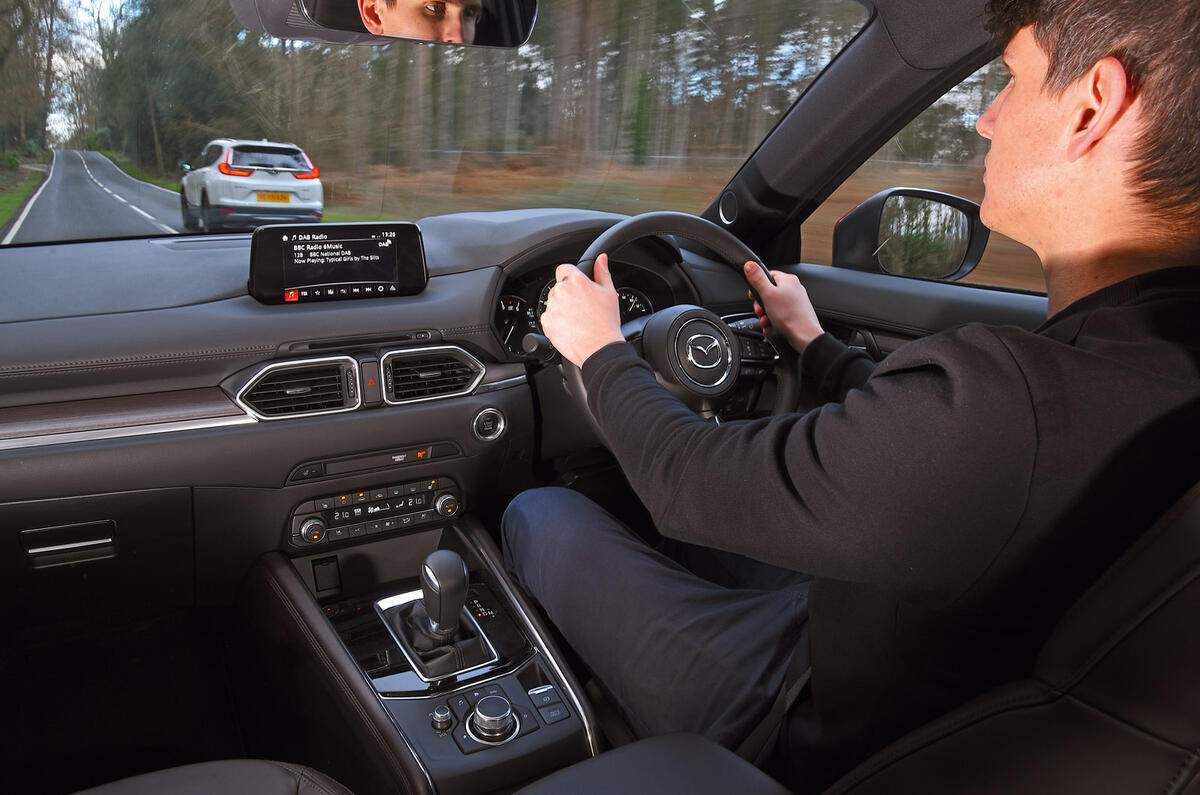
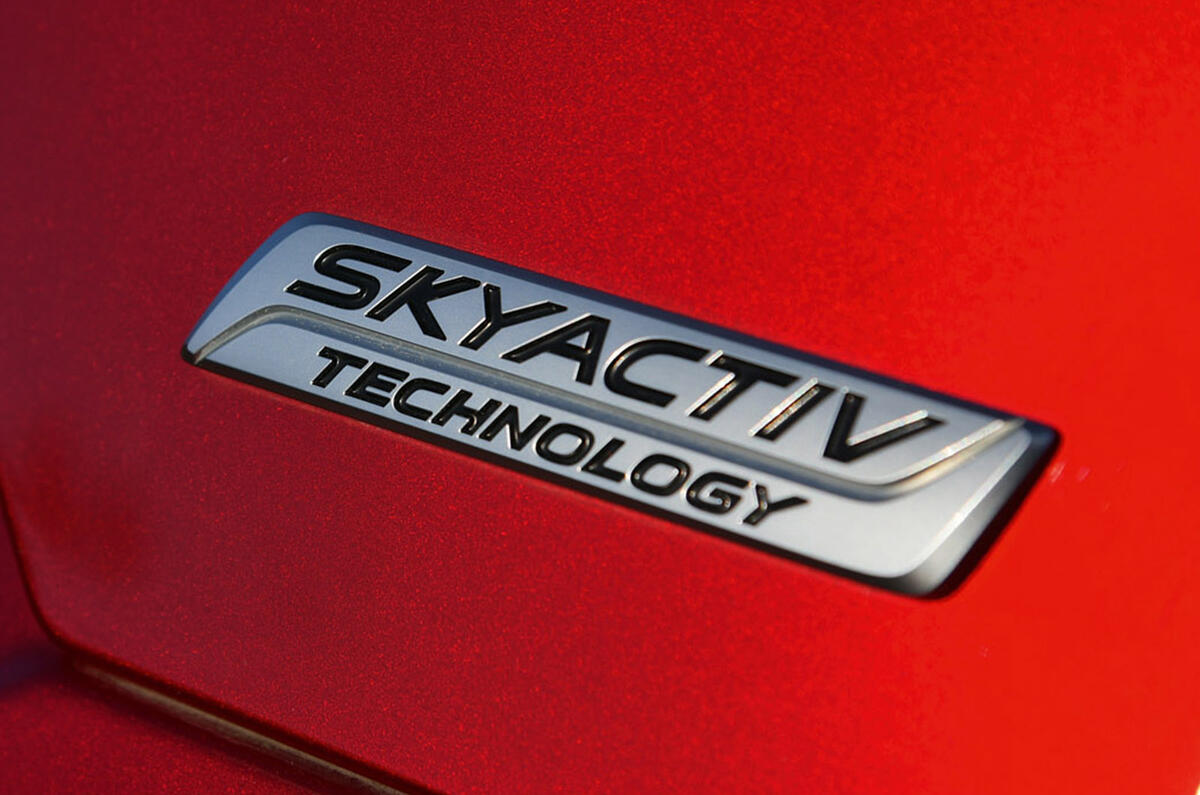
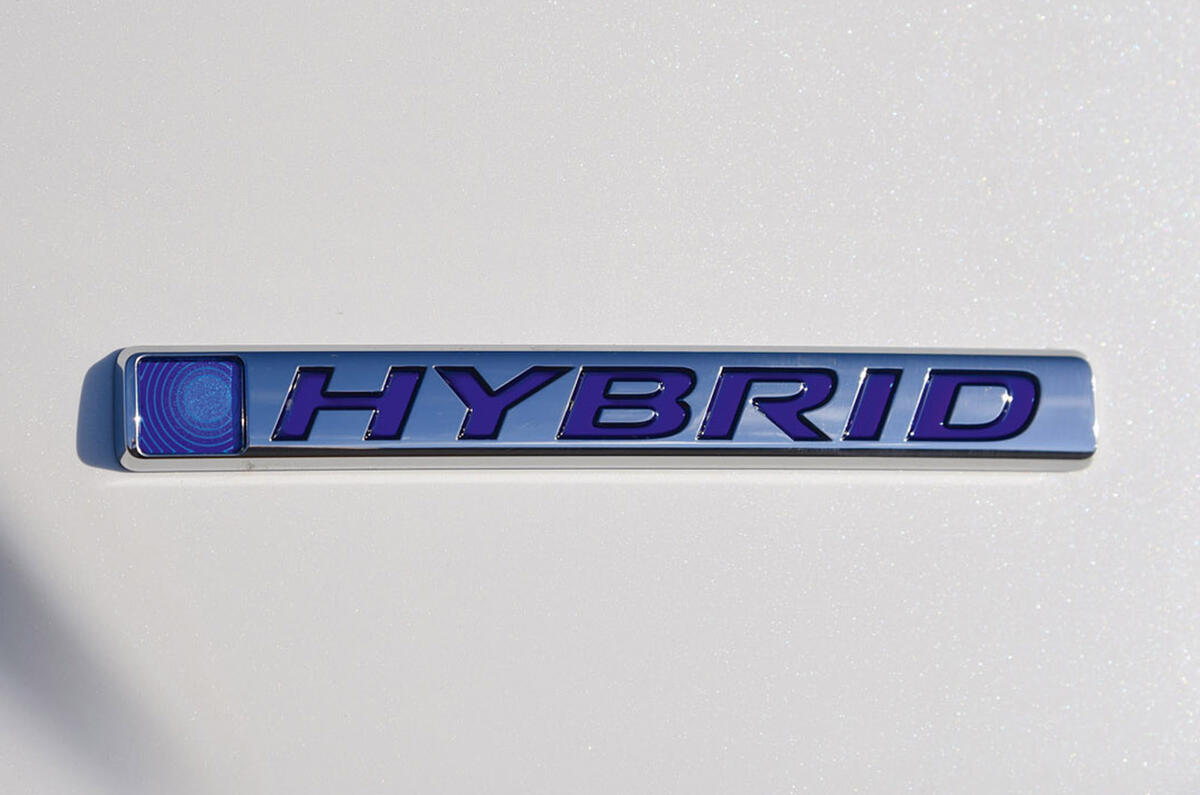
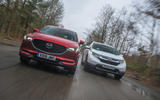





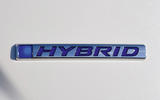


Join the debate
Add your comment
WLTP
WLTP CAN be bypassed, now that Brexit has happened. Can, is a difficult of a word as is the enormous number of Brits needed to go against the U.N.; Too many progressive Influencers in Britain would cut off their own arms just to be affiliated with the uber-progressive U.N. rather than escew it's "findings"
But it could happen... The UK has the clear legal rationale to bypass WLTP - But since WLTP is PURELY a political weapon, the subsequent process would be nastier and more divise than leaving the Common Market was, Me reckons
Company drivers they do not
Company drivers they do not know how well off they are a£36k Rav4 will costbtge about £1730 a year. You show me anyone who can get a hew car tax insured and serviced for tgst amiuhtbof money. Its s joke.
Once again its people like me who pay the most, private car owner cannot get tax relief . Of any sort its a joke it should be people who buy there car and pay to service tgem who get tax breaks not people getting new cars from tger company and paying £1700 a year.
As a ounluc sector worker i gad to yse my own car all i gitvwas ornce oer mile which was taxed @ 20% i payed my own insurance, road tax, servicing, etc to keep the car on the road comoany car driver do not know how lucky they are. So it annoys ne when they go no about bik tax like there being heavily taxed.
I pay road tax, tax when i buy the car! tax on the insurance tax on serviving tax on oarts tax in fuel. Its the private car owner who oays the most tax and get nothing back
Private car owner should not pay tax and this extra tax on cars over £40000 is a con it stops people buying EV
As I've been saying for ages
The penny has finally dropped.
Cobnapint wrote:
Your thinking of plug-ins
These are non-plug in models and have quite a small, light battery and are far from flawed as it allow energy recovery and other benefits such as in effect moving excess power temporarily saved to when you need more power.
This test actually proves that hybrids now let petrol cars virtually match diesels for power and economy but with the advantage of no rattly diesel tractor engines, no filling with stinky greasy diesel, and being allowed to drive into central Bristol when they ban them. Diesel is dead.
Cobnapint wrote:
Utter nonsense. Hybrids capture energy from deceleration that would otherwise be wasted and use that to help provide drive, thus reducing fuel consumption. The only flawed bit of a hybrid is the UK tax system that rewards company car drivers for buying a plug-in hybrid but doesn't require them to ever plug it in.
Will86 wrote:
I agree on all points. But the last one can be fixed by employers. Instead of the usual fuel card, some companies now reimburse business use with advisory fuel rates (AFRs) via their expense system. The driver pays for the fuel and claims back their business miles this way, it greatly incentives plugging in as domestic electricity miles are far cheaper than petrol miles so the driver keeps more money, in fact for faster drivers it becomes essential to avoid them being out of pocket personally.
Clueless!